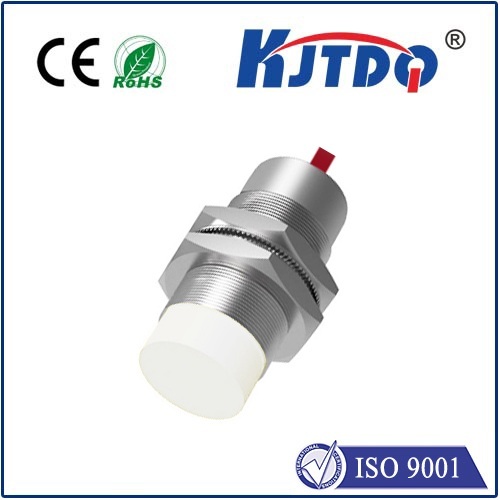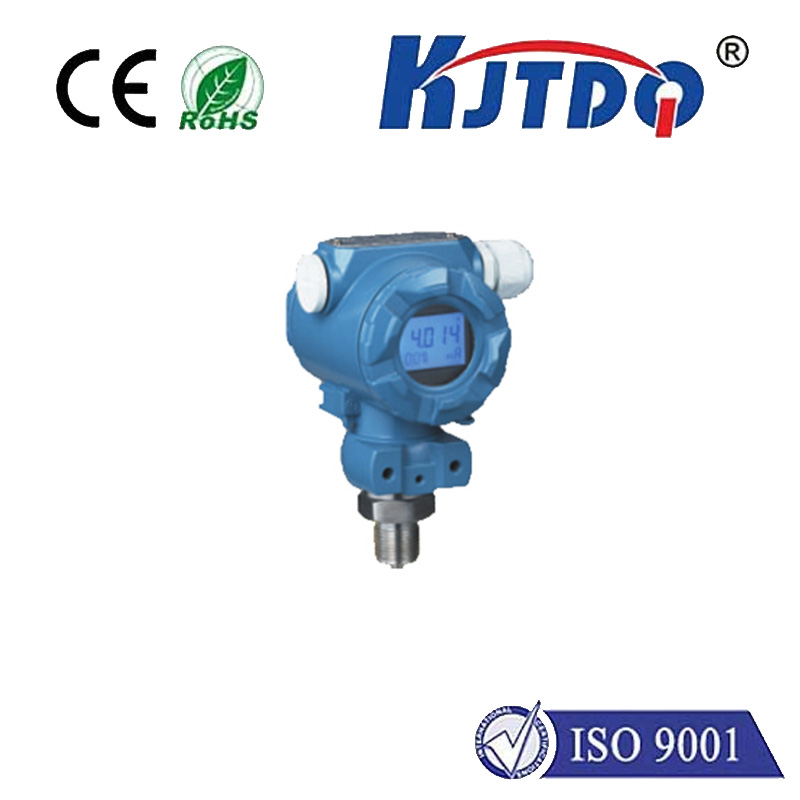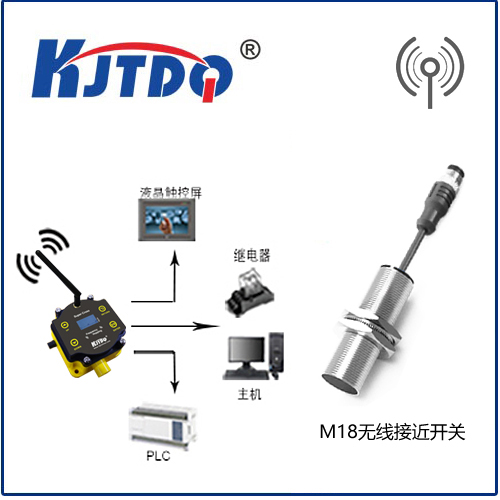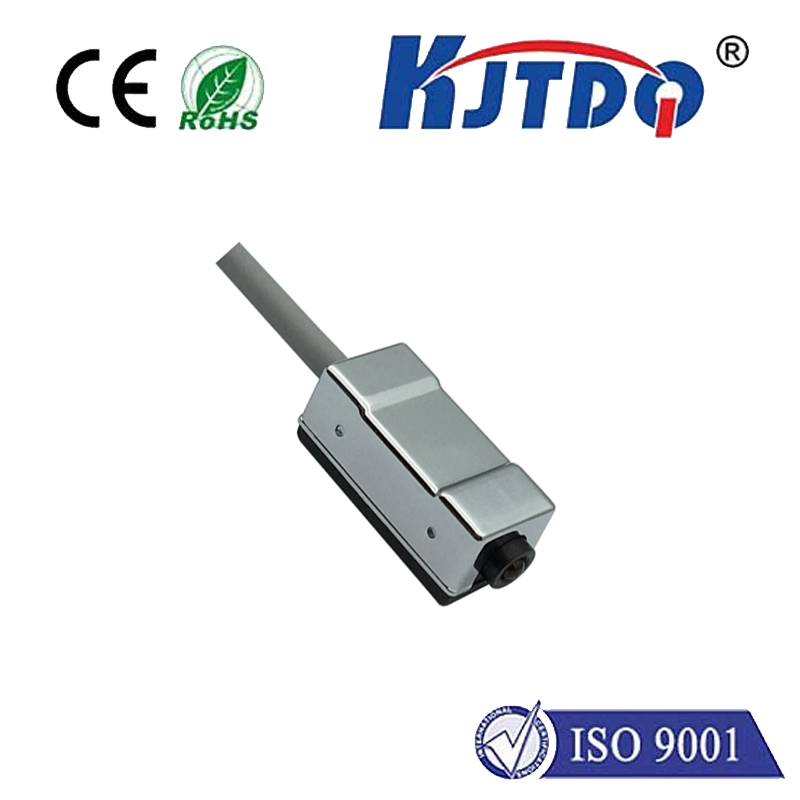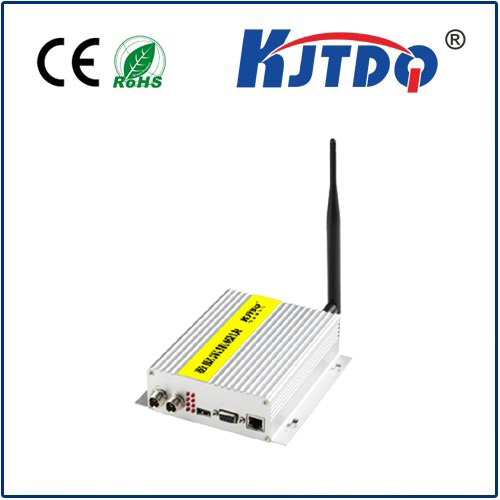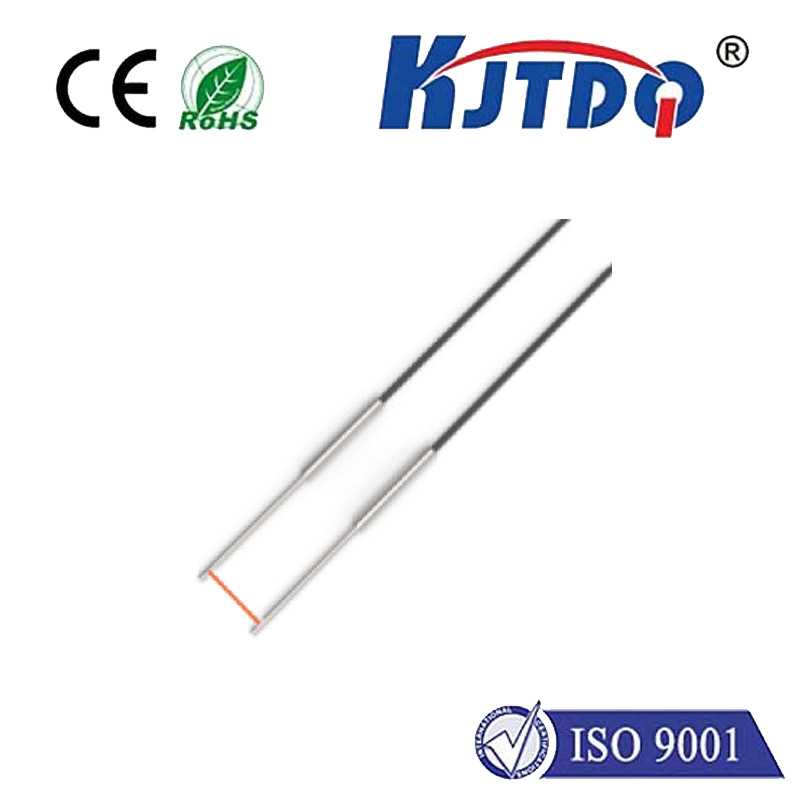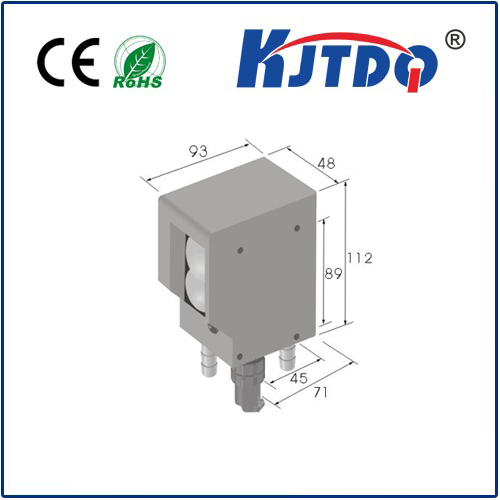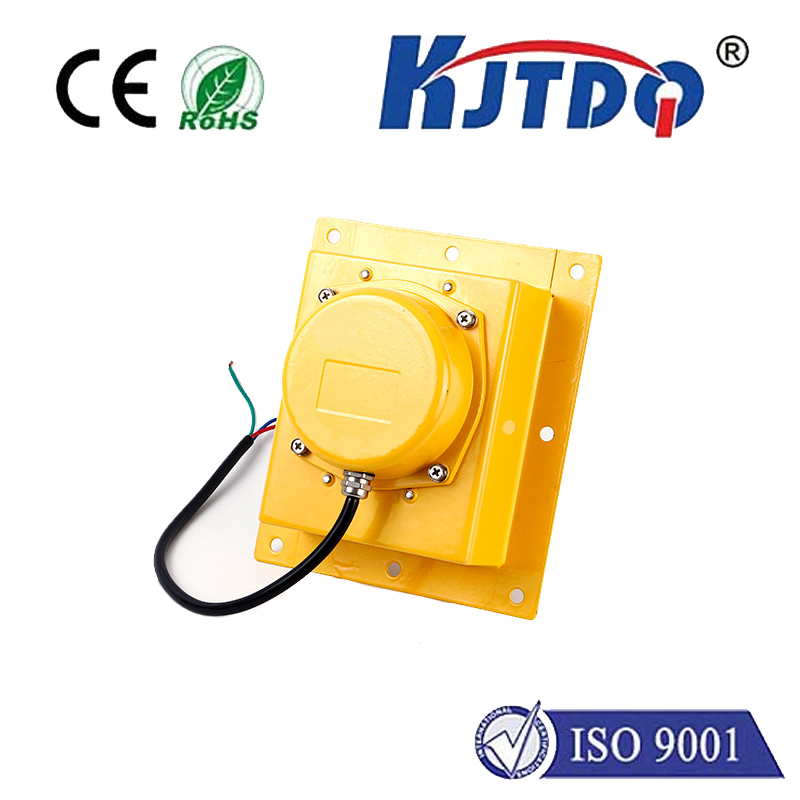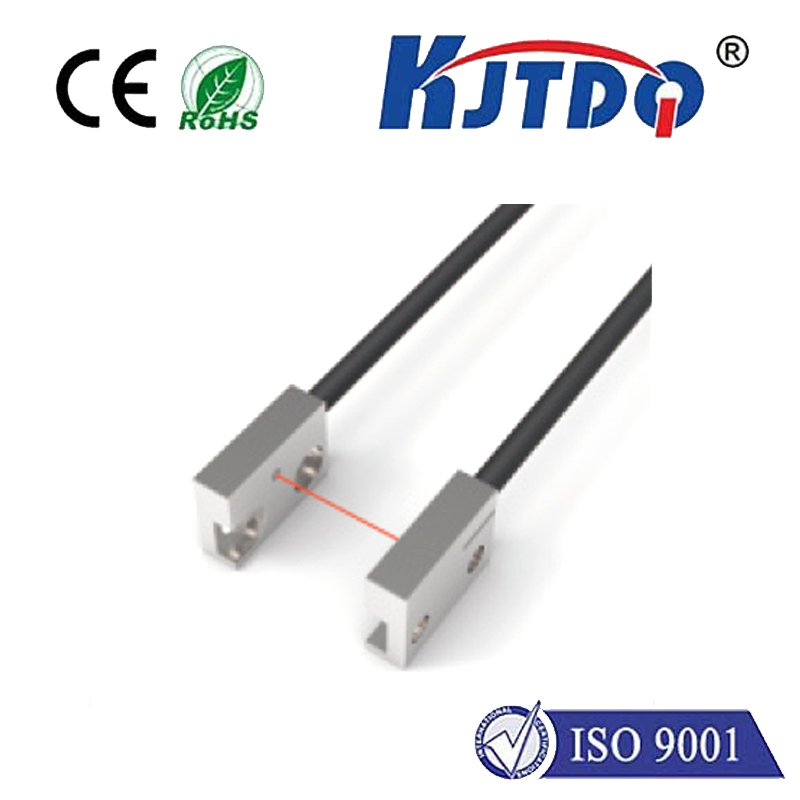Переключатель приближения 24vdc
- time:2025-06-24 00:40:54
- Нажмите:0
Powering Precision: Why the 24VDC Proximity Switch is an Automation Cornerstone
What makes the humble 24VDC proximity switch such a vital, unsung powerhouse in modern automation? Step onto any factory floor, inside intricate machinery, or along a bustling assembly line, and you’ll find these silent sentinels tirelessly at work. Operating on a safe, reliable 24VDC power supply, these non-contact sensors form the bedrock of countless detection and positioning tasks, enabling machines to “see” and react with remarkable precision. Understanding their function and critical advantages is key to appreciating their indispensable role.
Demystifying the Proximity Switch: The Power of Non-Contact Sensing
At its core, a proximity switch detects the presence or absence of a metallic object (target) within its sensing range without any physical contact. Unlike mechanical limit switches that require a physical bump, proximity sensors operate silently and wear-free, using electromagnetic fields (inductive type), capacitance changes (capacitive type), or ultrasonic waves. The индукционный переключатель приближения, overwhelmingly dominant for metal detection, generates an oscillating electromagnetic field. When a metal target enters this field, it induces eddy currents, dampening the oscillation. This change triggers the sensor’s internal solid-state switch, signaling detection. The output is typically a clean switching signal (ON/OFF) perfect for feeding into Programmable Logic Controllers (PLCs) or other control systems.
Why 24VDC? The Undeniable Advantages for Industrial Applications

The 24VDC operating voltage isn’t arbitrary; it’s the gold standard in industrial control for compelling reasons:
- Enhanced Electrical Safety: Compared to higher voltages like 110VAC or 230VAC traditionally used in industrial environments, 24VDC is classified as Safety Extra-Low Voltage (SELV). This significantly reduces the risk of severe electric shock to personnel during installation, maintenance, or accidental contact, even in damp or conductive environments. This inherent safety is paramount in safeguarding workers.
- Reduced Electrical Noise & Interference: DC voltage is inherently less susceptible to generating electromagnetic interference (EMI) and is less affected by surrounding electrical noise compared to AC voltages. This characteristic provides greater reliability and signal stability, particularly crucial in environments packed with motors, variable frequency drives (VFDs), and other noisy electrical equipment where false triggering must be avoided. The clean switching signal is easily handled by sensitive PLC input cards.
- Widespread Compatibility & Standardization: Modern industrial control systems, especially PLCs, are predominantly designed around 24VDC control circuits. Sensors, actuators, relays, and controllers all converge on this standard. Using a proximity switch 24VDC ensures seamless integration with the vast ecosystem of industrial control hardware without requiring complex voltage conversions or isolation relays. This simplifies design, wiring, and reduces component costs.
- Energy Efficiency & Reduced Heat Generation: Operating at a lower voltage generally translates to lower power consumption for comparable sensing tasks. Furthermore, 24VDC solid-state switches generate less heat than devices switching higher AC loads internally. This contributes to cooler operation and potentially longer component lifespan, especially in densely packed control panels.
Key Features and Selection Considerations for 24VDC Proximity Sensors
Choosing the right proximity switch 24VDC involves understanding critical specifications:
- Sensing Principle: Primarily Inductive for metals (ferrous/non-ferrous), Capacitive for non-metals (liquids, plastics, wood), or Ultrasonic for various materials at greater distances.
- Sensing Distance: The nominal range at which the sensor reliably detects a standard target. Factors like target material, size, and shape affect the real-world usable distance. Inductive sensors have relatively short ranges (typically millimeters to tens of millimeters).
- Output Type & Configuration: НС (Sinking) or ПНП (Sourcing) transistor outputs dominate the 24VDC market, usually configured as Normally Open (NO) or Normally Closed (NC). Solid-state relays (SSR) are the norm, offering high switching frequency and longevity. The choice between NPN and PNP is dictated by the control system’s input module requirements.
- Housing Material & Design: Typically constructed from robust engineering plastics (like PBT), nickel-plated brass, or stainless steel (for harsh environments). The housing design (barrel-shaped, rectangular block, ring-shaped) impacts mounting options.
- Ingress Protection (IP Rating): Critical for durability. МП67 is very common, offering protection against dust ingress and temporary immersion in water (up to 1m for 30 mins). IP68 and IP69K ratings provide even greater protection against sustained water immersion or high-pressure/high-temperature washdowns essential in food & beverage or stringent environments.
- Connection Style: Integral cable (fixed length), quick-disconnect connectors (e.g., M8, M12 – 3-pin or 4-pin are standard), or terminal blocks. M12 connectors are ubiquitous for their reliability and ease of connection/disconnection.
- Indication LED: A visual status LED is crucial for diagnostics, indicating power presence and output switching status during commissioning and troubleshooting.
Robust Applications: Where 24VDC Proximity Sensors Excel
The proximity switch 24VDC finds application virtually everywhere automation exists:
- Position Sensing & Object Detection: Detecting the end position of cylinders, presence of parts on conveyors, pallets in position, workpiece clamping, or end-of-travel limits.
- Counting & Flow Monitoring: Counting bottles, cans, boxes on conveyor lines or monitoring rotating parts (shaft speed, revolutions).
- Level Detection: Using capacitive sensors to detect fill levels of liquids or bulk materials in tanks or hoppers.
- Machine Safety: Part of safety circuits (though often requiring specialized safety-rated sensors) for door monitoring or guarding.
- Перевозка материалов: Guiding robots, controlling sorting gates, verifying bin contents.
- Automotive Manufacturing: Engine assembly, body-in-white positioning, component verification.
- Packaging Machinery: Detecting film presence, carton positioning, cap placement.
Conclusion: The Essential Workhorse
The proximity switch 24VDC is far more than a simple component; it’s a fundamental enabler of modern industrial automation. Its reliability, precision, and non-contact operation eliminate mechanical wear and tear, while operating on the ubiquitous 24VDC standard ensures safety, compatibility, and resilience against electrical noise. From ensuring a robot grips a part correctly to guaranteeing a bottle is filled before capping, the 24VDC proximity sensor delivers the critical signals that keep automated processes running smoothly, safely, and efficiently. Choosing the right type with the appropriate specifications is key to unlocking their full potential in demanding industrial environments. Their silent vigilance is a cornerstone of the automated world.







